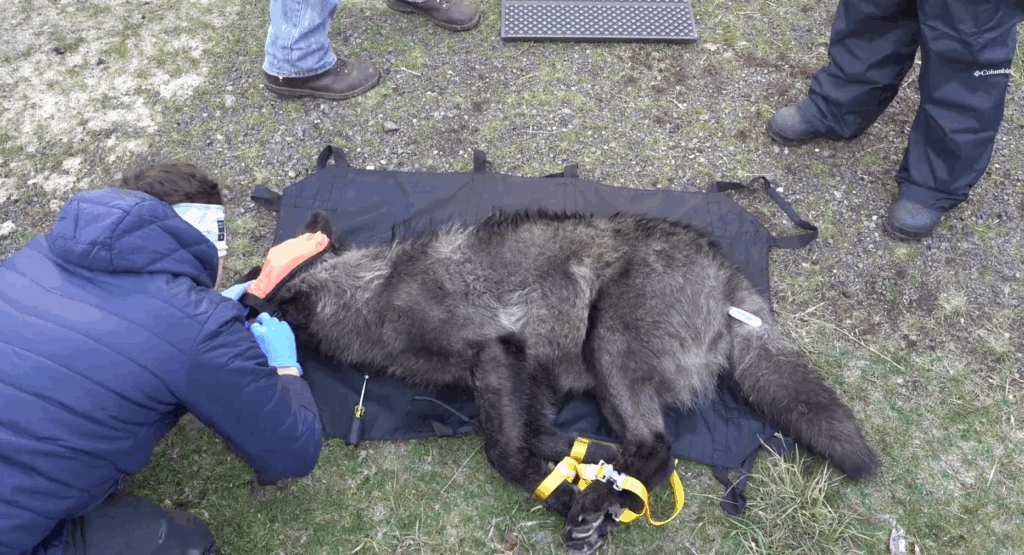Letter: Climate change takes toll on mountain towns
Editor:
Just last week, the mayor of Durango, mayor of Nederland, a councilman from Jackson, Wyo., and other local elected officials joined The Mountain Pact for a tour of 2013 flooding in downtown Estes Park. Estes Park Town Administrator Frank Lancaster led the group through the downtown, where, in September 2013, three days of flooding filled the streets with water and debris.
The rushing waters swept up infrastructure, including Highways 36 and 34, isolating the town. Sewer lines were compromised, dumping raw sewage into the Big Thompson River and leaving the Fish Creek neighborhood without sewer service for months. Small businesses suffered and the town lost nearly $500,000 in sales tax from the isolation and temporary closure of Rocky Mountain National Park.
The Mountain Pact organized this tour of Estes Park to highlight the growing risk of natural disasters exacerbated by climate change — and the substantial financial toll they can take on small towns. Following the tour, we all sat down for a conversation about natural disasters, mountain town local economies, and building resilience to climate impacts.
As we are entering into the onset of ski season, mountain towns are grappling with the effects of climate change. Inconsistent or decreases in snowpack, more precipitation falling as rain, earlier snowmelt — these are some of the climate impacts that can make or break a ski town’s bread and butter: the winter tourist season.
Natural disasters like the 2013 floods will grow in frequency and intensity as temperatures rise, particularly in the Intermountain West, which is experiencing more severe environmental impacts from climate change than almost any other part of the United States.
We must come together and call for federal action to support our vulnerable towns in building resilience to climate change.
Diana MadsonExecutive Director, The Mountain PactDenver













